Leader of the Pro Szent Anna Association, Elek-Levente Dósa, talks to TransylvaniaNOW about the association’s goals, the declining water quality of Lake Saint Anna, the reasons behind it and the possible solutions. The organization deals with the protection of the lake, the only volcanic crater lake in Central and Eastern Europe, and improving sustainable tourism in the area.
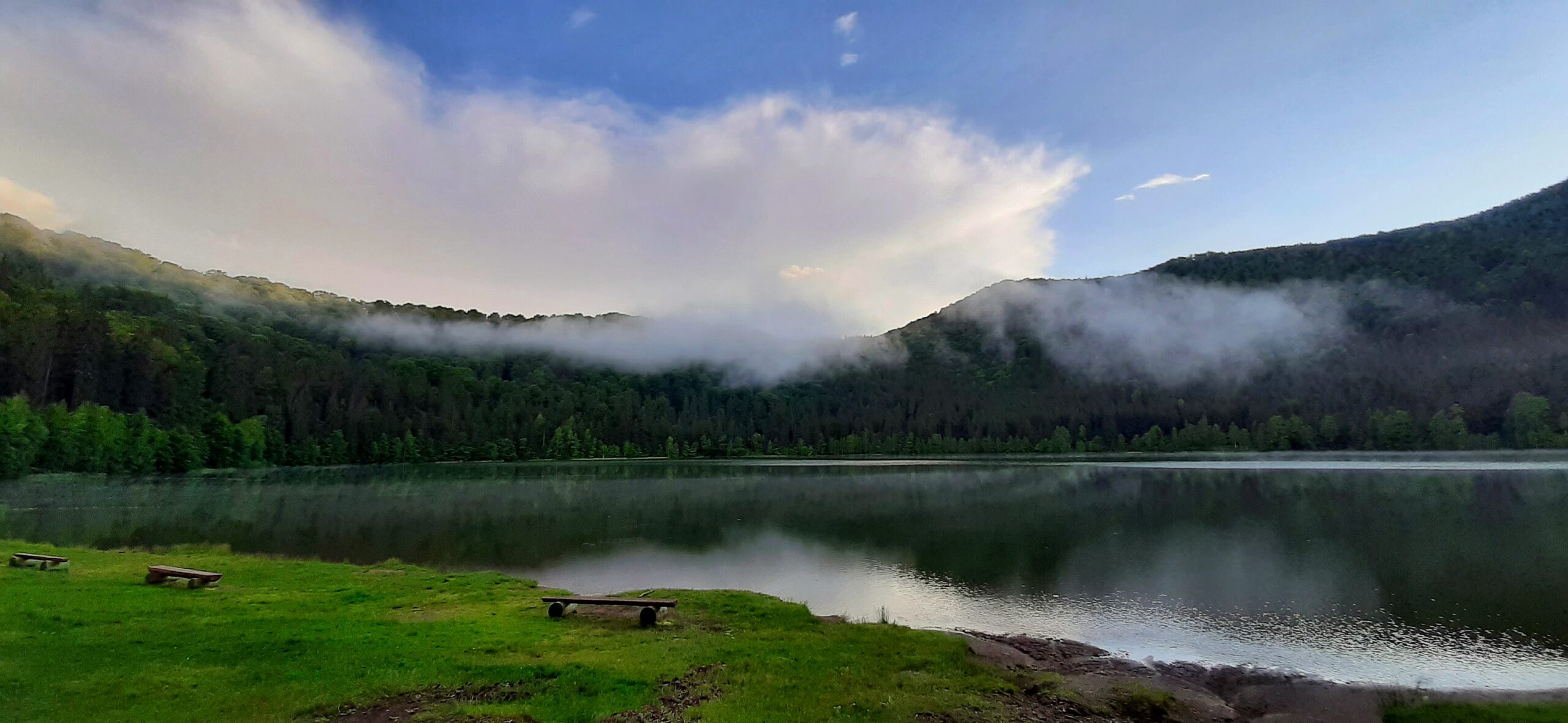
TransylvaniaNOW: When and with what purposes did the Pro Szent Anna Association form?
Elek-Levente Dósa: Lake Saint Anna is a sacred place for us Szekler people, having a very special place in our history and so we would like to preserve it for posterity.
The association was formed in 2012 on the initiative of the Saint Anna Commonage of Lázárfalva (Lăzărești) with the goal of having an organization to represent the interests of Lake Saint Anna and Mohos Peat Bog. Despite the lake and the peat bog already being protected, there had not been such a single entity that could uniformly represent the interests of the area. The association has 27 members including private and legal persons and municipalities as well.
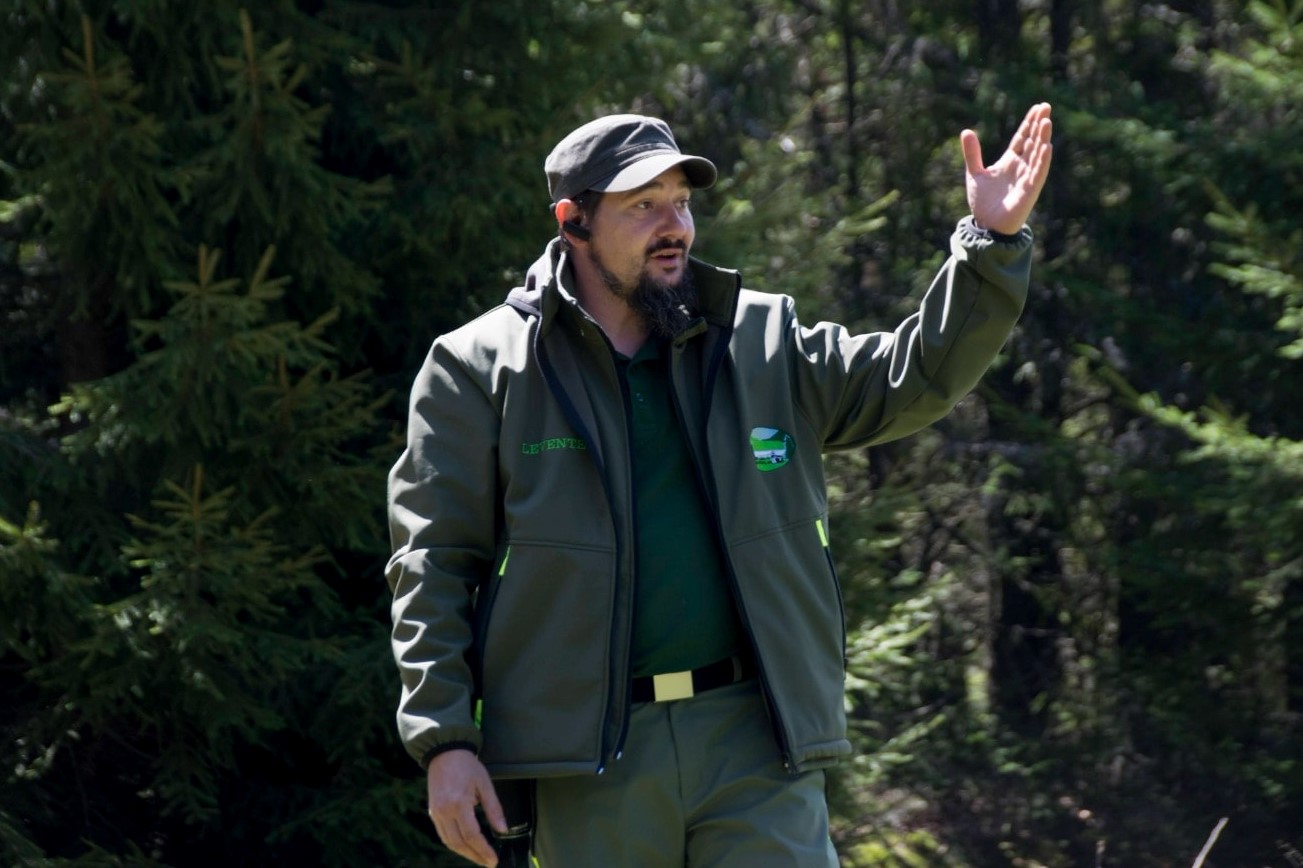
The Pro Szent Anna Association tries to bring together all those non-governmental organizations, that had been dealing with the lake before and tries to provide circumstances for tourists in which there is a balance between nature and the visitors. In other words, as I often say: let there be both nature and human and let there be bear and safety too.
A further goal of the association is to provide the appropriate circumstances for scientific research and to help the scientists’ work. Communication with both institutions and society is also a very important task of ours, just like communication with the media and the popularization of the lake. My Saint Anna therapy video series, which I started a few weeks ago on the association’s YouTube channel, is a good example of the latter. I publish a 2-minute video at 8 p.m. every day about the lake, with which I try to show that calm and peaceful atmosphere with the still water surface and birds twittering, which the lake can provide its visitors.
How long have you been working for the association?
After the association was founded in February 2012, I was asked to join them because they needed a project manager to write the proposals and coordinate the different projects. One month later, in March, I already started to work for them as project manager. Due to the financial barriers of the association later, I continued my work as a volunteer, and I am also working here now as a volunteer manager.
So, besides your duties at the association, you also have a full-time job?
Yes, but that one is also connected to the lake because when I was already working for the association, the firm responsible for the tourist operation of Lake Saint Anna (and which was also founded in 2011) asked me to work for them.
Now I am managing the work of 16 people (not counting the seasonal workers) who work at the lake, but I would not consider myself a boss because there is no such thing in our case. We have colleagues with different responsibilities, and we form a great team together.
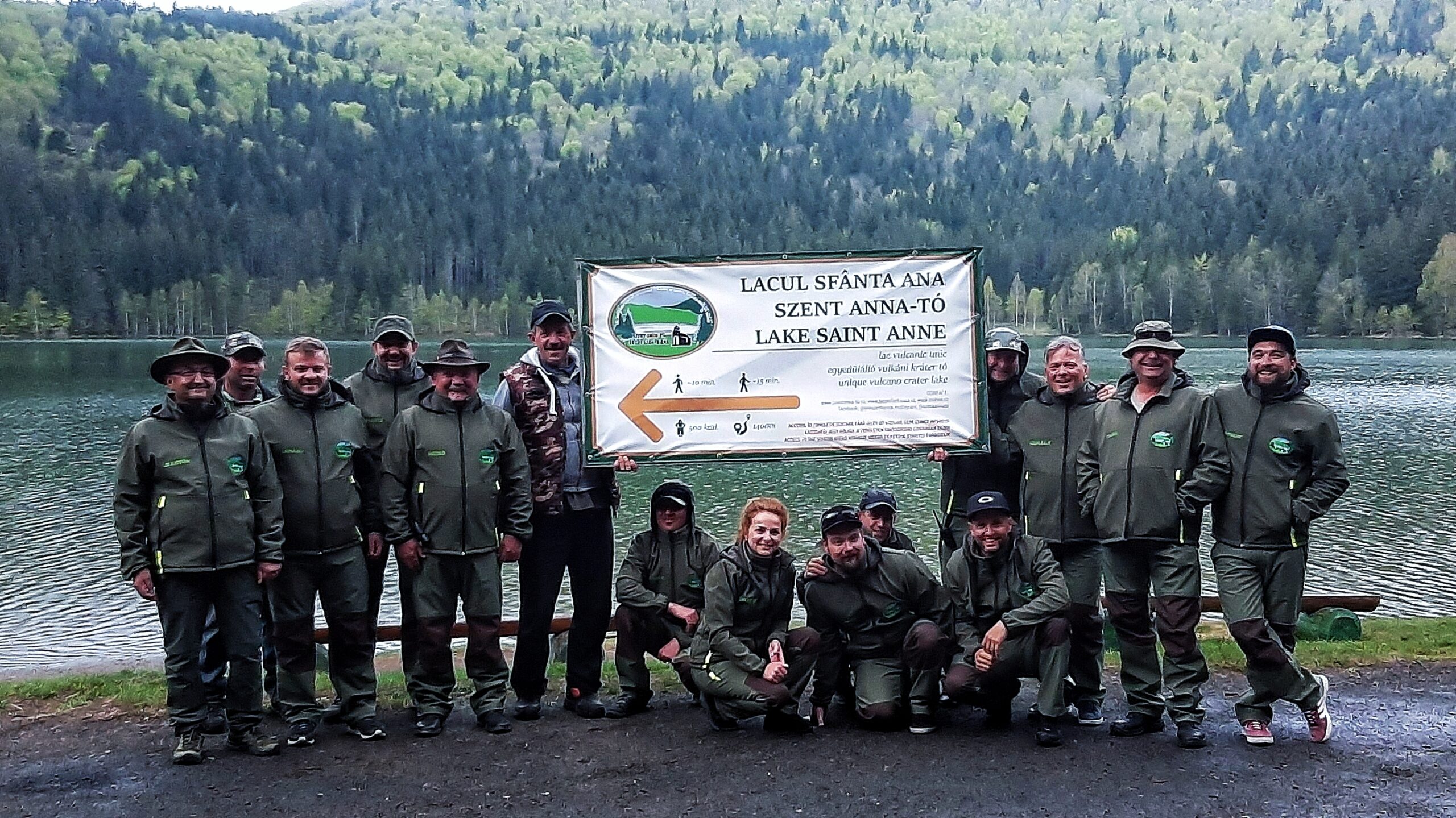
How does your typical workday look like? Do you go up to the lake every single day?
Almost every day. Most of the time I am there, but I also have some administrative duties, which I have to do in the office.
I do not have a fixed working schedule, because this is not a 9 to 5 job.
There are days when I do my administrative duties first, then I get into my car and drive up to the lake and I am there until 10 or 11 p.m. On every platform related to the lake, my phone number is published as the contact number, meaning that sometimes I even get calls at midnight.
The quality of the lake’s water has been destroyed so much in the previous decades that even bathing in the lake had to be banned in 2017. How did that happen exactly?
I would like to emphasize that bathing was not banned by the Pro Szent Anna Association, but in April 2016, a public debate was held on the state of Lake Saint Anna, where all the concerned parties (water management, non-governmental organizations, sports event organizers, municipalities) were present, and the Pro Szent Anna Association was also there as an invitee.
The declining quality of the lake’s water also came up at this forum, and then this idea of banning bathing came up. The idea was later discussed by considering the aspects of all the concerned parties, and in the end, the decision to ban bathing in the lake was made with the unanimous consent of everybody. (The ban came into effect in 2017.)
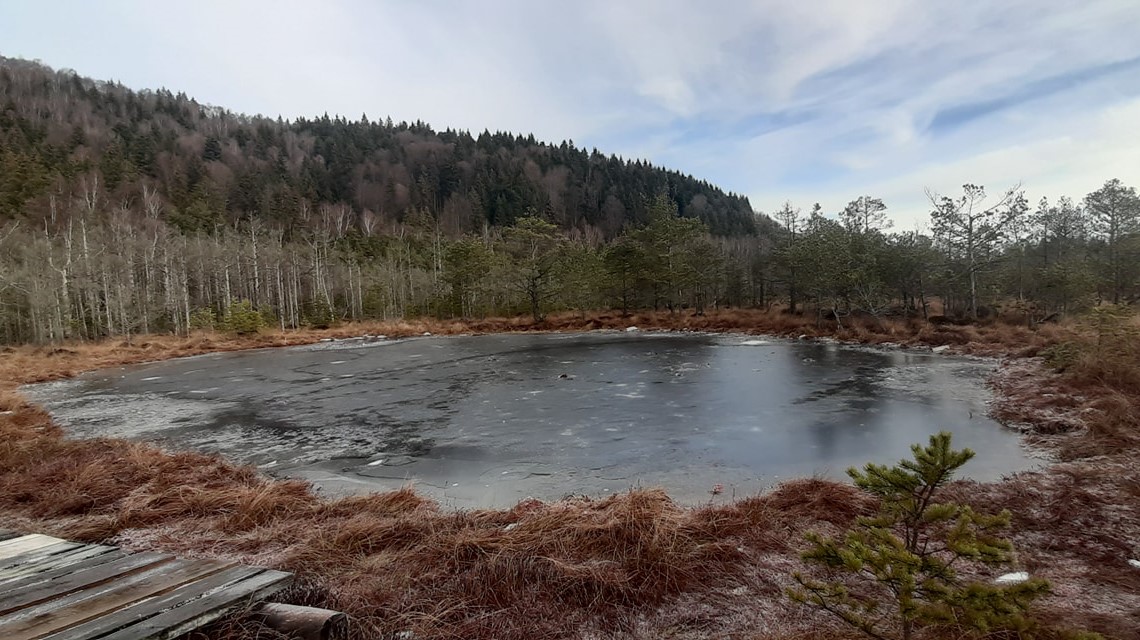
What further changes have taken place at the lake in previous years?
One year later, in 2018, picnicking by the lake was also banned, which on the one hand was also needed to preserve the water quality, but on the other hand, it was also for the safety of the visitors. When I am talking about picnicking, I am talking about the situation when people spend the whole day on the shore of the lake and make a fire, and the smell of the food also draws the bears there.
Bears would show up by the lake in broad daylight and check out all the trash bins around the lake and ate the leftover food thrown into them. When this happened, half of the people ran away, while the other half went too close to the bears to take pictures and videos of them.
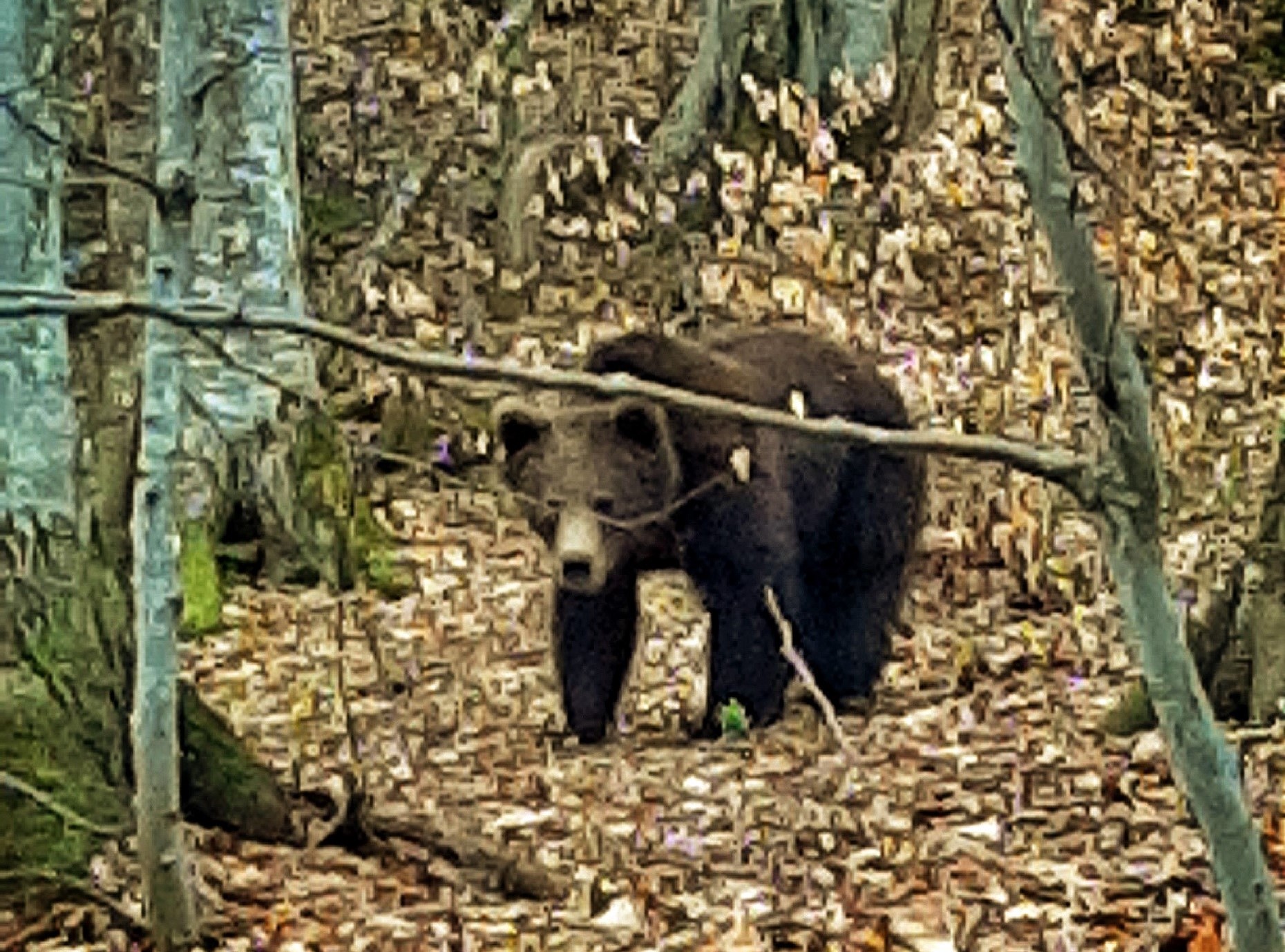
So, we removed all the open trash bins, both at Lake Saint Anna and Mohos Peat Bog, and instead of them, we placed out bear-proof containers at three locations, which are even surrounded by electric fences. As a result, both the indirect feeding of the bears and the direct bear danger ceased, and despite the fact that still a lot of bears live in the area (in the Csomád Mountains), it only happens very rarely these days that a bear goes among humans in broad daylight.
On quieter days, when there are only a few people at the lake, it still happens that a bear goes down to drink from the lake, but they are not coming for the food anymore.
The daylong picnicking was not only dangerous because of the bears but was also harmful to the lake’s water quality, because due to the lack of basic infrastructure, the crater’s forest often turned into a public toilet and in such cases, the organic matters percolated into the water, which triggered the proliferation of algae in the lake.
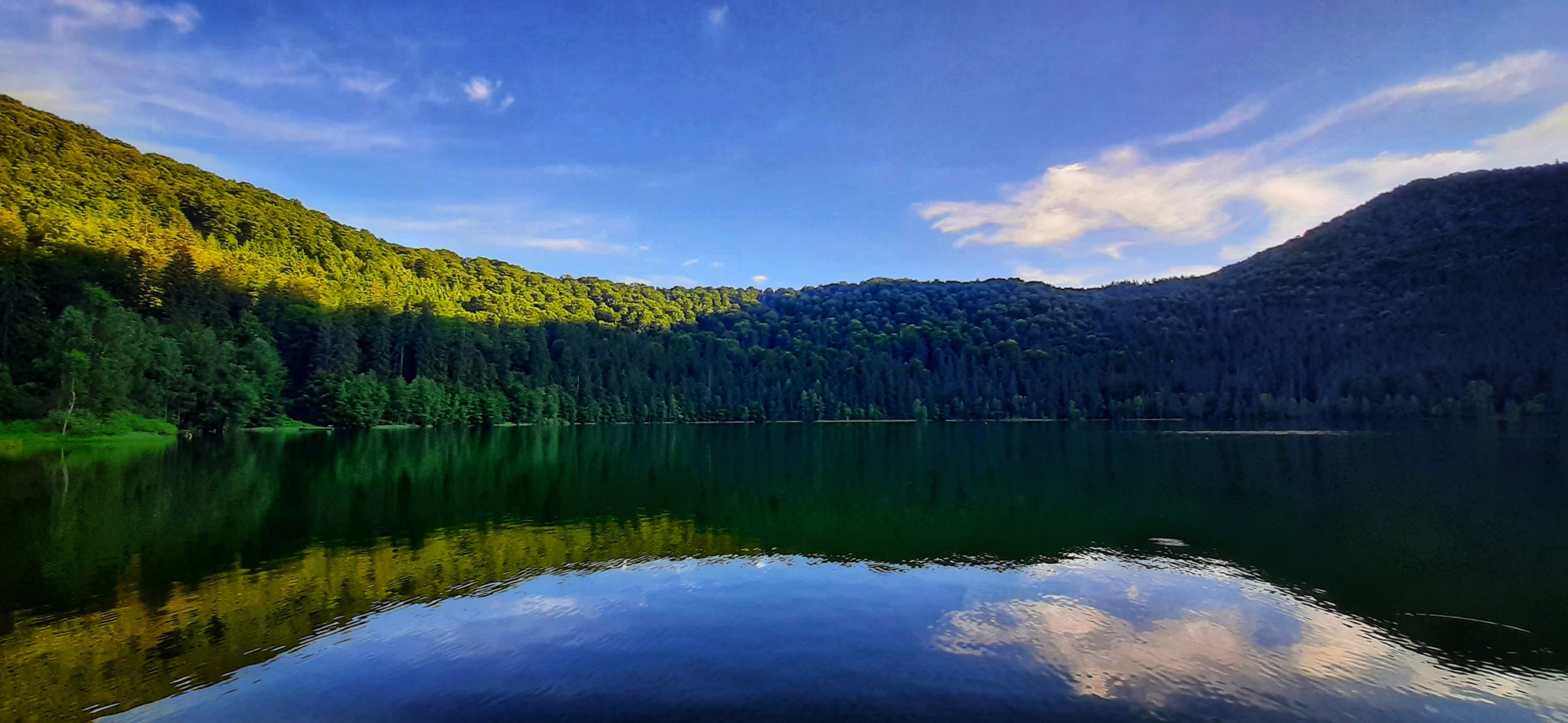
Has this lack of basic infrastructure problem been solved yet?
Yes. Four eco-toilets have been placed along the shore of the lake (five during summertime), which are cleaned daily and pumped out weekly. And at the top of the crater, in the parking lot, there are two bathrooms as well.
There have been other changes as well. Starting in 2019, cars cannot go down to the shore of the lake. People have to leave their cars in the parking lot and walk down to the lake, which means a 1,400-meter-walk downhill and the same one uphill, back to the parking lot. We provide free transfer every hour with a microbus for people above the age of 65, children under 5, pregnant women and handicapped people, who are not able to walk down to the lake.
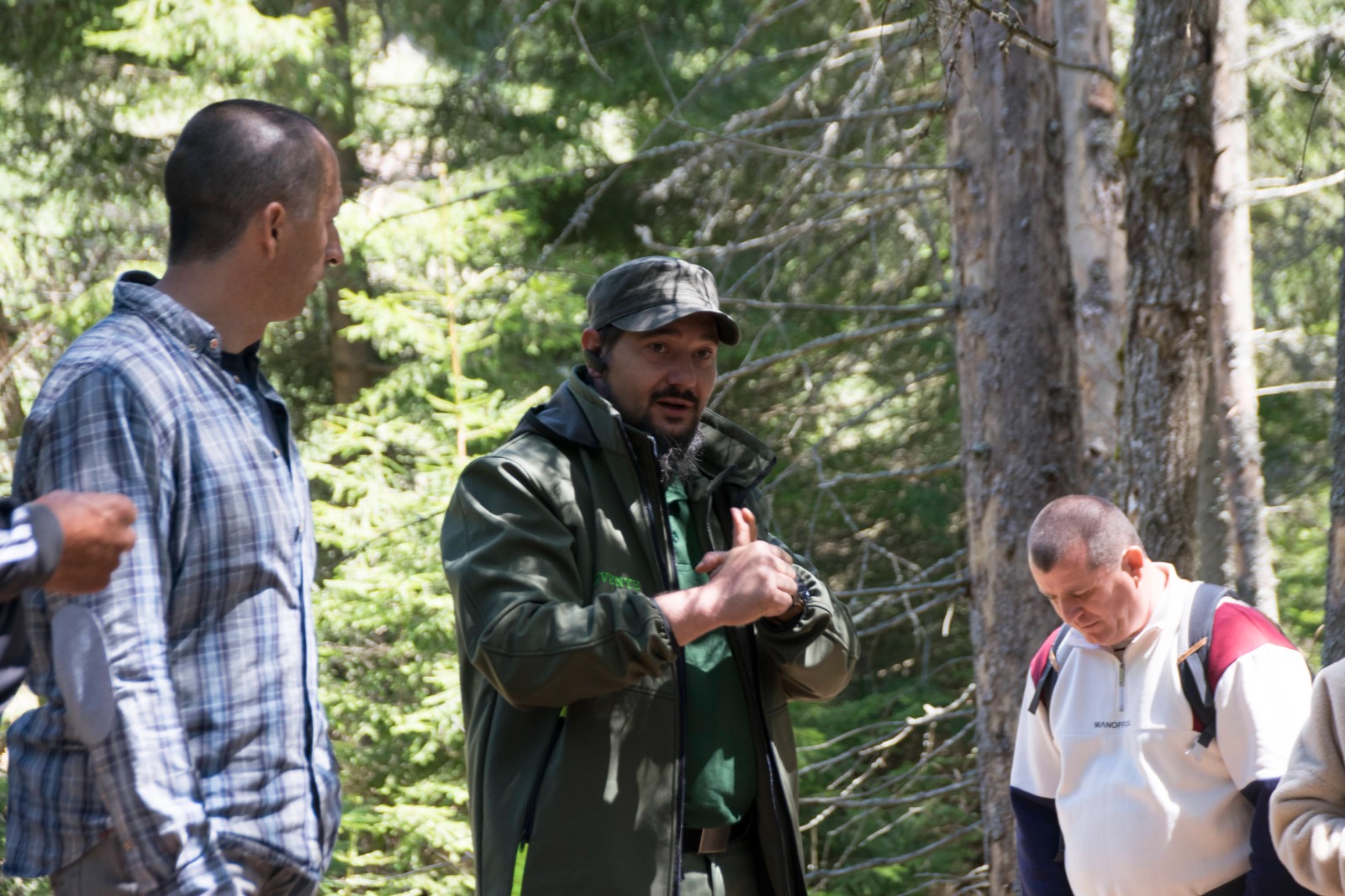
We also introduced the so-called “opening hours,” meaning that from May to October, people can walk down to the lake between 9 a.m. and 7 p.m., while between November and April, they can between 10 a.m. and 6 p.m.
And then in the evening, we hand over the area to the bears.
There are also safety reasons behind launching these opening hours because the bears start to be really active at dusk.
During nighttime, it is forbidden to listen to loud music or make loud noises, even in the night zone, which is set up in the saddle between the two craters for visitors arriving with caravans or tents. This is, by the way, a 1.5-hectare area (with bathrooms and showers, surrounded with electric and mesh wire fences to keep away the wild animals), where tourists can spend the night in safety and where we also provide drinking water and firewood.
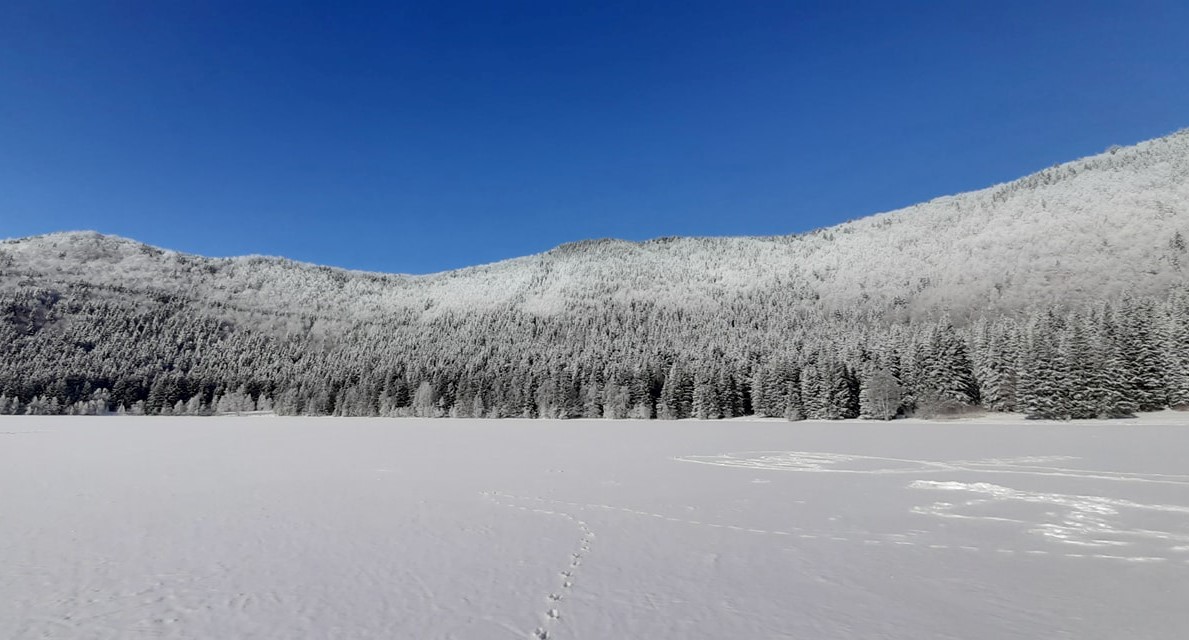
What are the results of these actions so far? Can some improvement in the water quality already be seen?
Not yet unfortunately, because this is a more complex issue, and more time is needed for its solution.
The increase in human activity at the lake started in the 1950s, and it took 60 years until we were faced with the visible signs of these problems. I risk saying that we will need the same amount of time to restore the balance.
For example, bathing as an activity itself was harmful, but the main problem was the sunblock coming off of visitor’s bodies into the water, from which a microfilm thin layer was formed on the water’s surface hindering the lake from “breathing” and allegorically causing a kind of greenhouse effect. Because Lake Saint Anna is a crater lake, it is only fed by rainfall and has neither any inflow nor outflow at the surface, which means that everything that gets inside the lake, stays in it. And the existence of the lake is endangered by the proliferation of algae and by the appearance of fish.
Because for thousands of years, there had been an ecological balance in the lake, the algae could not proliferate. However, the lake always had poor aquatic life; fish, for example, never ever lived in it before at all. But 10-15 years ago, the crucian carp appeared in the lake. The continuously increasing human activity and the appearance of this very invasive fish breed caused an ecological imbalance and sped up the algae proliferation.
This is the reason why, although with the banning of bathing we moderated the problem, it did not solve it yet completely. We also have to remove the crucian carp from the lake.
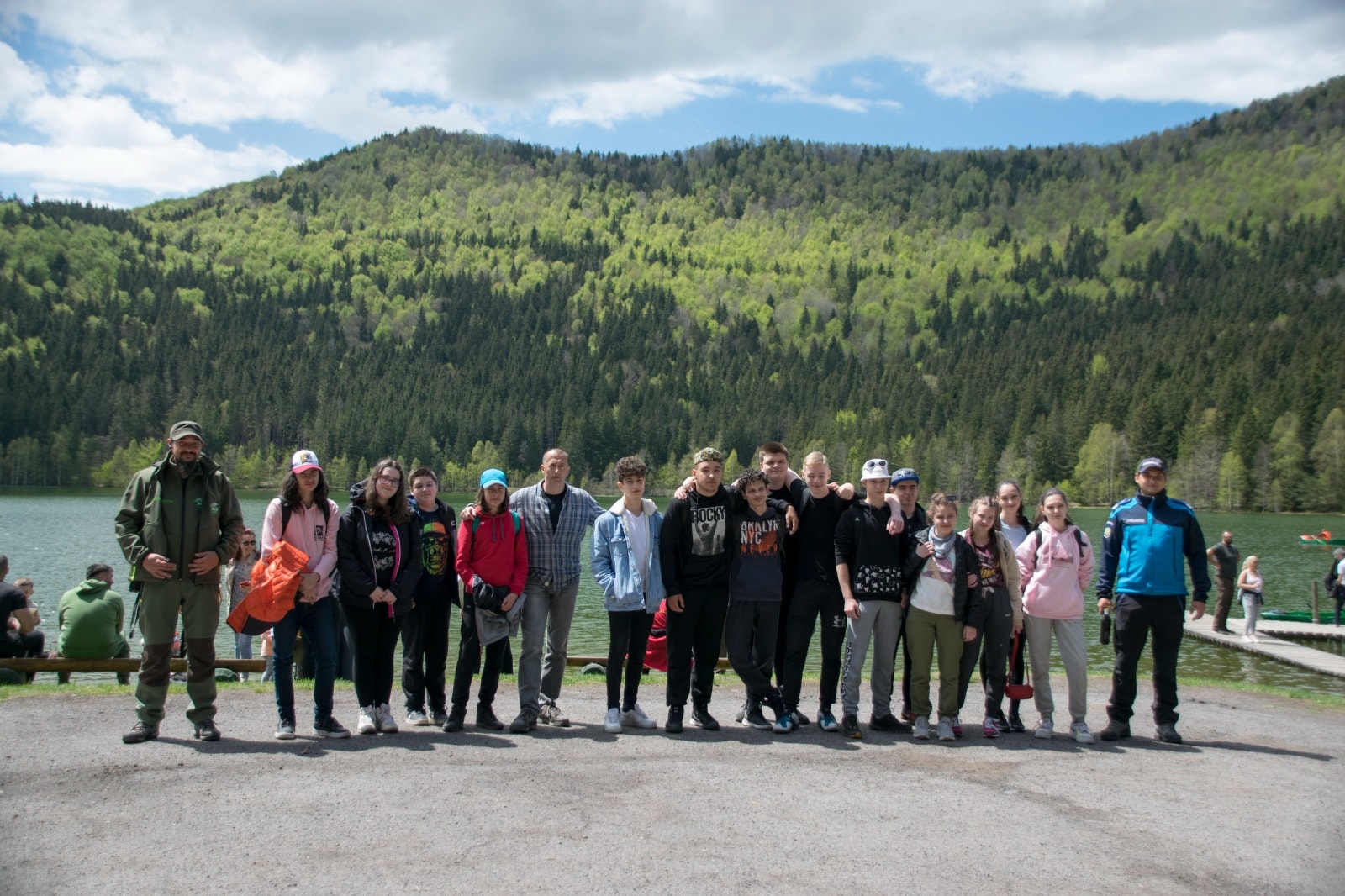
But how could the fish get into the lake at all if for thousands of years they had not lived in it before?
It is not possible to tell how exactly that happened. Theoretically, the water birds can carry the fish roes in their digestive system, but according to a 2019 research of the (Budapest-based) Wetland Ecology Research Group, the possibility of this option is only 0.2 percent. We do not have any clear proof, but most likely the fish got into the lake by human transmission. Quite likely a fisherman brought with himself the first fish and threw them into the lake, which then proliferated quickly.
When will the fish be removed from the lake?
This year. The permit from the environment protection authority has already arrived and if everything goes according to plan, we will start the fish harvesting within two weeks. We hope that the lake still has enough self-regeneration ability to restore its ecosystem after the removal of the fish.
We hope that after the fish harvesting, which is planned to last one year, positive effects will be perceptible. But this will be a long process. As I mentioned before, decades will be needed for the restoration of the lake’s ecosystem.
Title image: Volunteer manager of Pro Szent Anna Association Elek-Levente Dósa on the shore of the only volcanic crater lake in Central and Eastern Europe, Lake Saint Anna in Szeklerland, Transylvania. (Photo: Elek-Levente Dósa)